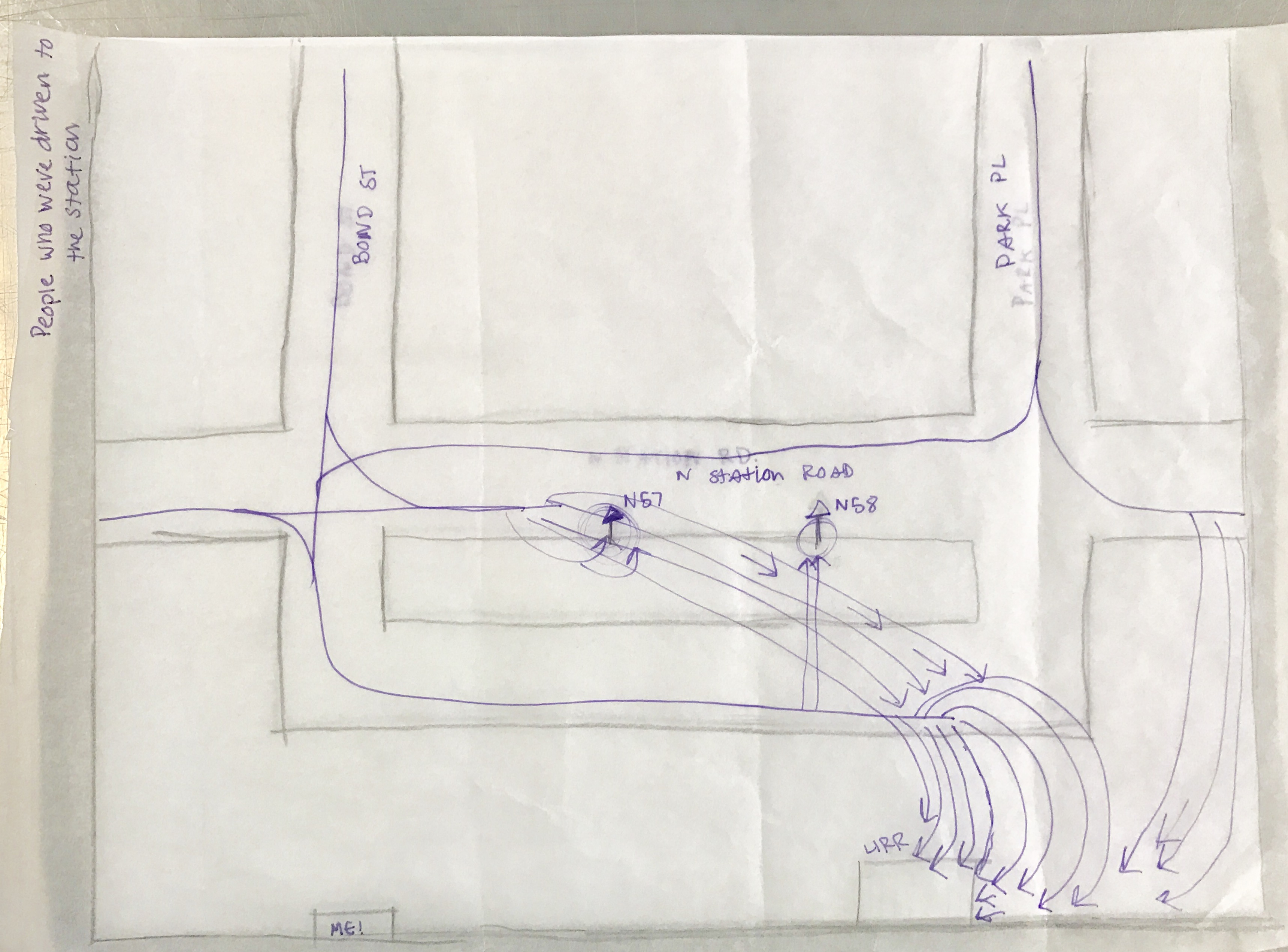Exercise– Keeping in mind the mapping exercise from the class, examples of maps discussed in seminar and readings, think about what you can map in your neighborhood that connects to your issue. Some questions to ask yourself are:
1) What do you want to find out more about, in your neighborhood (in relation to your issue)?
2) What question/s can you try to answer through your map?
3) What perspective/s or scale will be the most useful in understanding the issue?
4) What can you use as your base layer? You can be as creative as you like and don’t simply need to stick with an aerial view. You can try out a variety of base maps and perspectives to have a richer study.
5) What kind of specific information do you want to overlay on your base map? How can this information enhance your understanding of the topic or give you new insights?
6) Do you want to draw comparisons between layers, observe a change over time or identify overlaps? Try to draw relationships between your layers, even if they don’t seem obvious. Use the thought process that you developed in the relational mapping and taxonomical grouping exercise.
People who were driven to the station:
People who walked to the station:
People carrying groceries:
Write a 250-400 word paragraph written at the end of the mapping exercise. This explains your ideas, intent and thought process. It should clearly specify the question(s) that you are seeking to answer about your issue, the strategies that you used to collect this information, identify trends/patterns and an analysis of the layers in your map. You can also include a small note about what you would do if you had more time.
What I learned from my studies was that people of lower classes who couldn’t necessarily afford the train, took the bus and the wealthier classes, middle and upper, took the train. I was able to identify the difference in people through their attire and some of the things they were carrying. For example, many people who took the train were wearing trench coat and carrying briefcases, while people who took the buses were a little more dressed down and were carrying more household things like groceries. Going along with the theme of class, I noticed that the middle and upper class people were dropped off to the station rather than walking there. If I had more time, I would try to do something regarding race because I think that it can also play into the idea of class.



